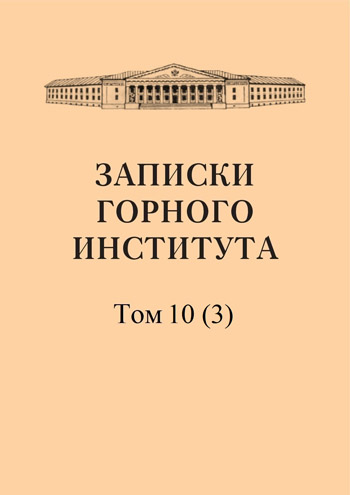On calculating the reserves of an ore deposit explored at the horizon and drilled at depth
Abstract
When calculating mineral reserves in deposits, instead of the volume of the actual ore body, the volume of a body that is sufficiently close to it and has the correct geometric shape is usually calculated. An unsuccessful choice of such a geometric body can lead to a significant decrease in the calculation accuracy or greatly complicate the calculations. In the practice of calculating reserves with such exploration data, the volume of the explored body was sometimes calculated as the volume of a cone with a base equal to the contoured area on the horizon, and with the apex at the point where the drill well exits the deposit, without taking into account the thickness of this latter. The calculation made in this way gave reserves below the minimum determined by exploration data, and the discrepancy reached a significant value of several tens of percent. Below are methods for calculating the volume of a conoidal body, which can serve to calculate the reserves of a part of an ore deposit limited by a contoured area at a certain horizon and cut by a drill hole at depth.
References
- -
